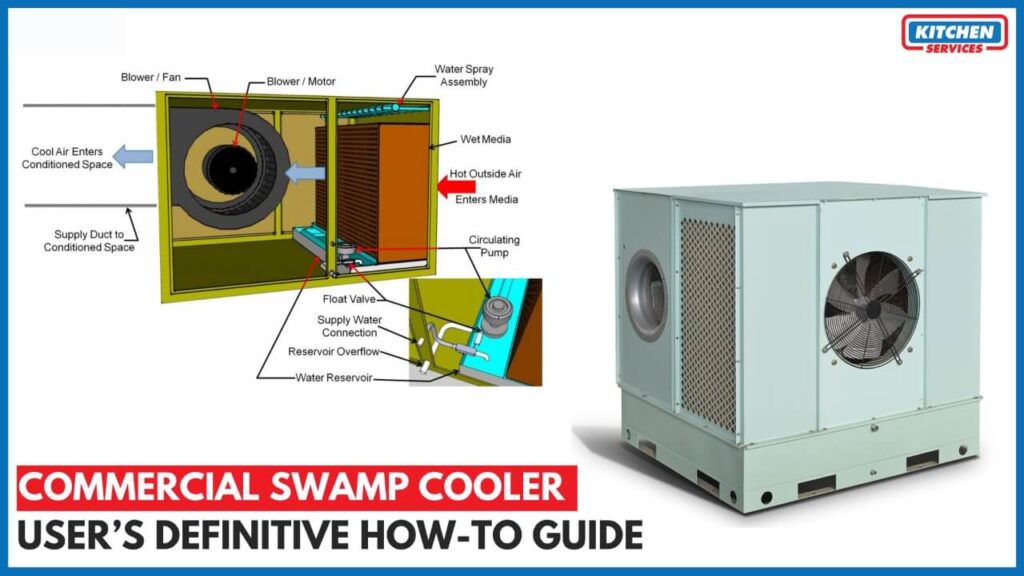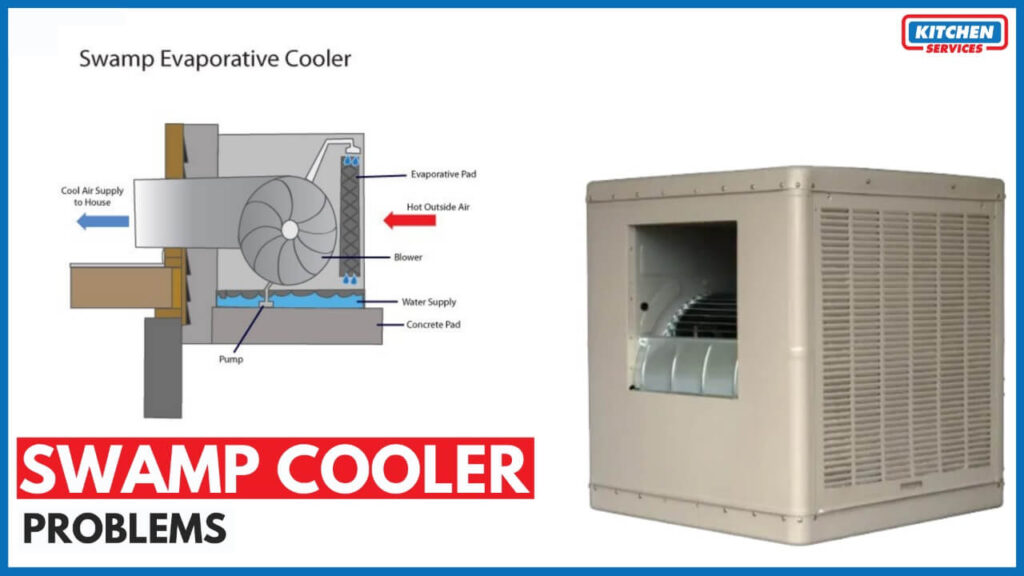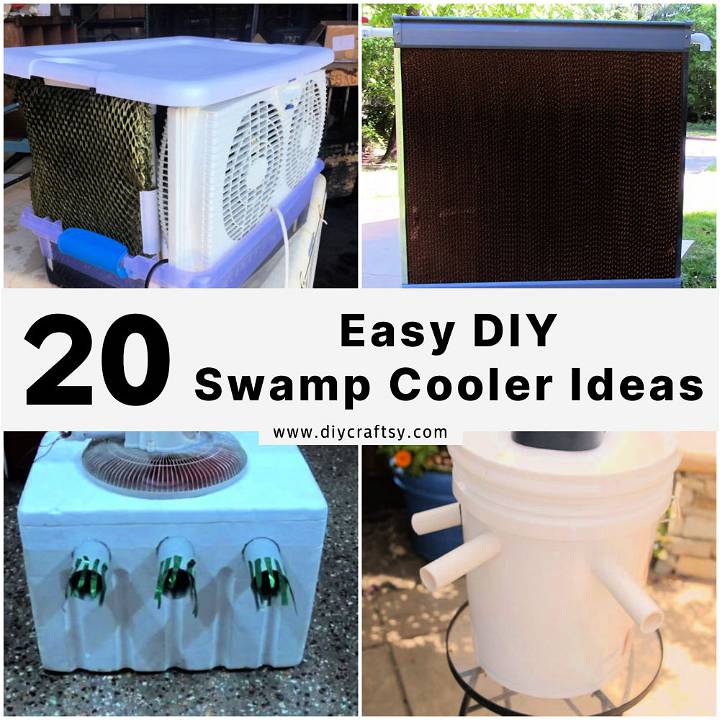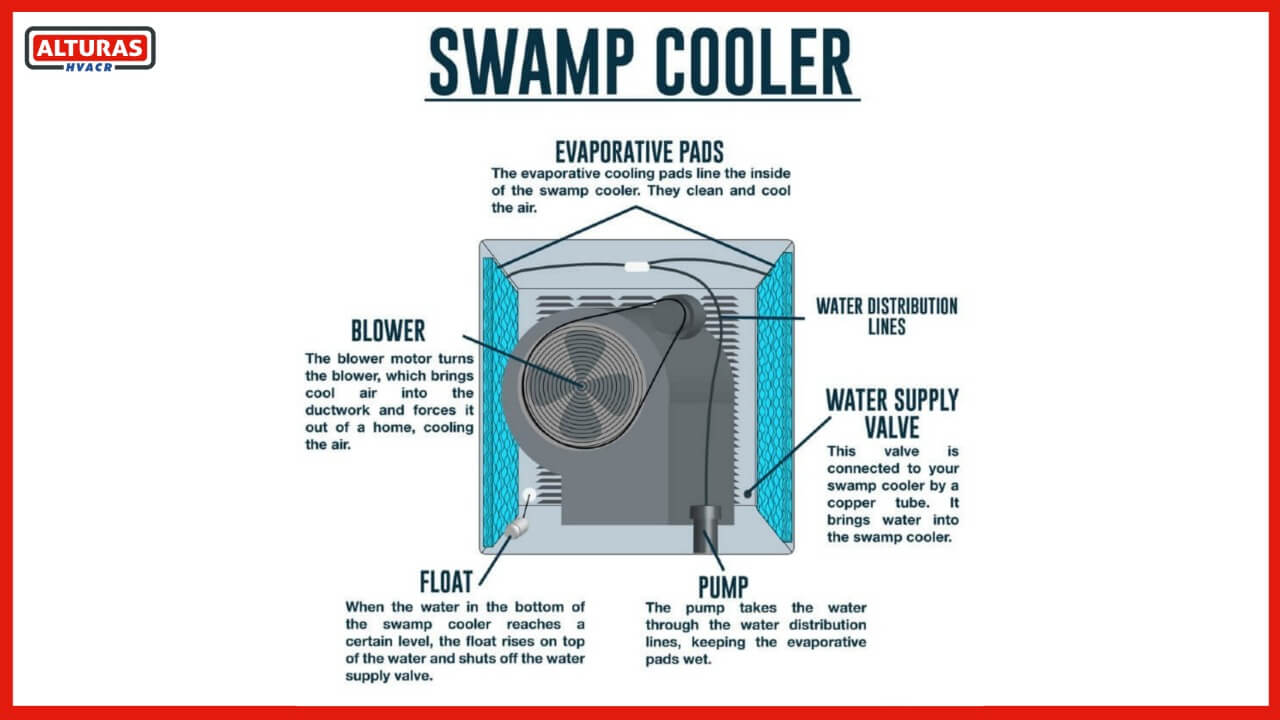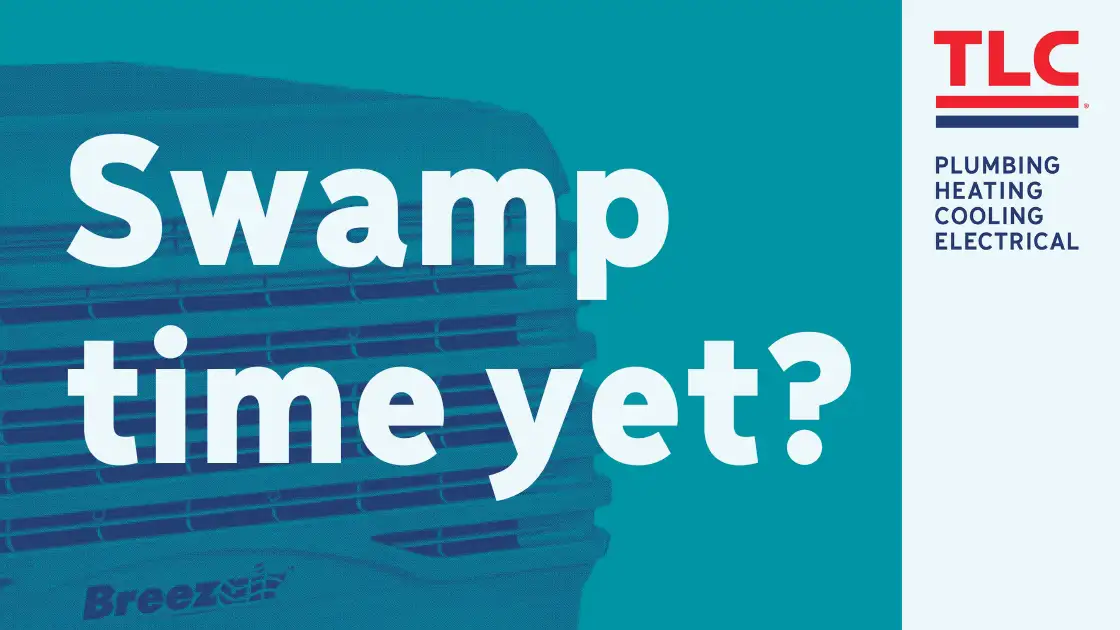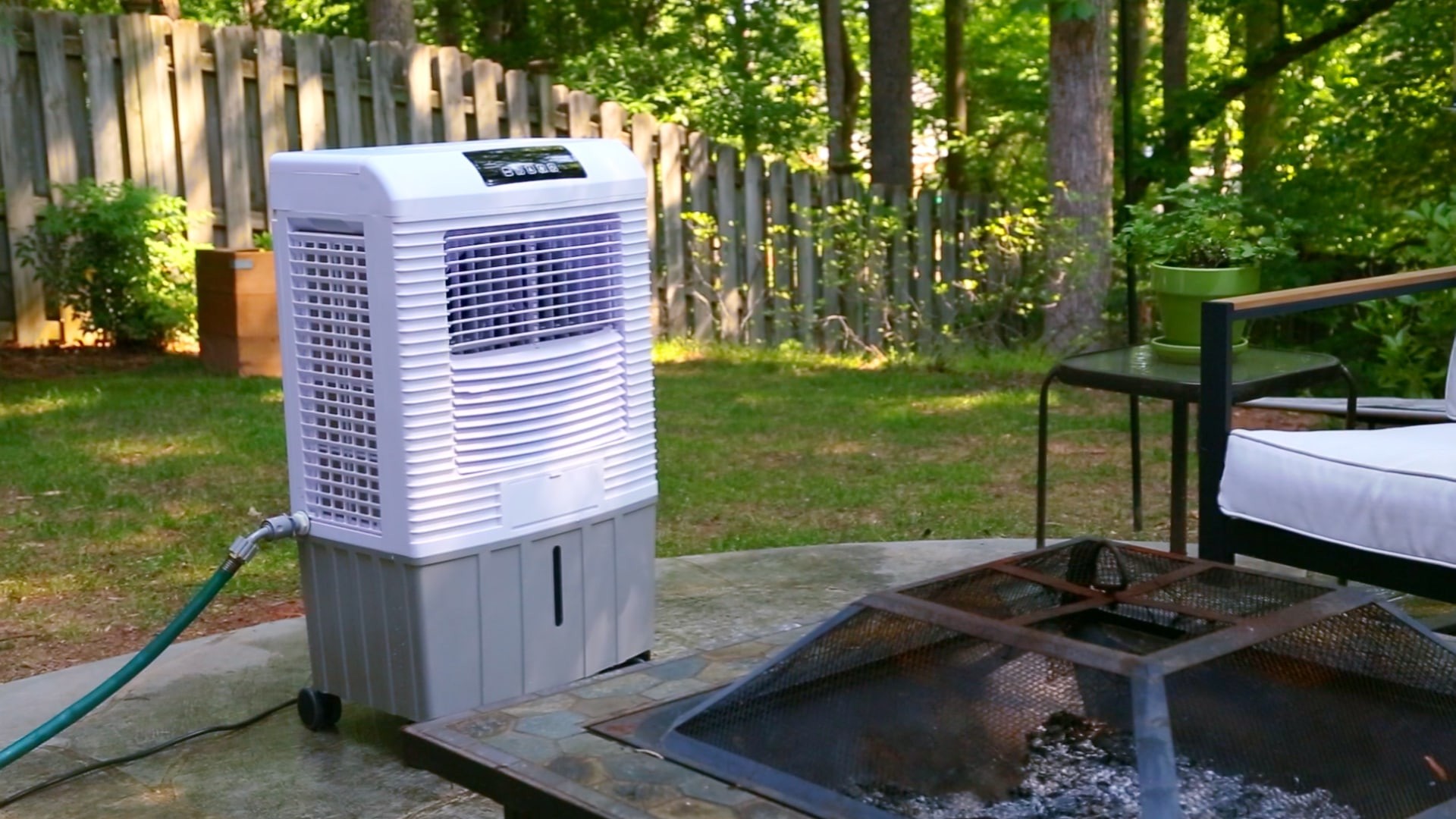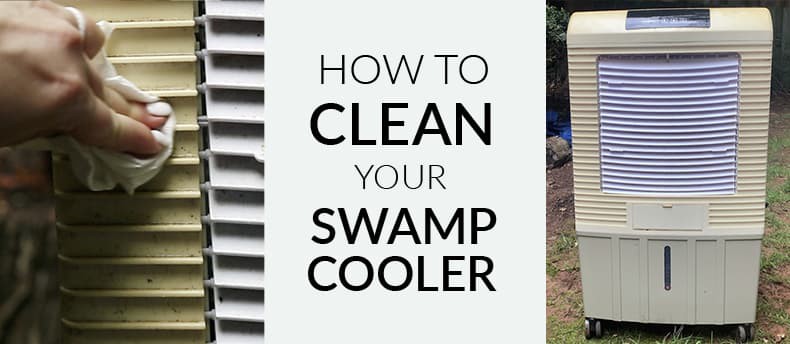How To Turn On A Swamp Cooler
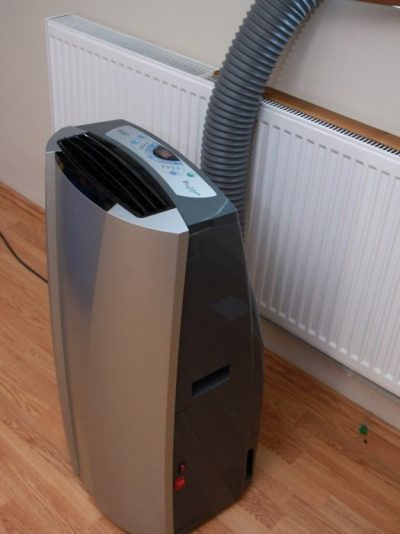
As summer heat intensifies across arid and semi-arid regions, many homeowners and renters are preparing their evaporative coolers, commonly known as swamp coolers, for operation. Understanding the proper startup procedure is crucial for efficient cooling and preventing potential damage to the unit.
This article provides a step-by-step guide on how to turn on a swamp cooler correctly, ensuring optimal performance and longevity. Correct startup is vital to prevent mold growth and mineral buildup, issues that can reduce efficiency and air quality. This guide will help navigate the process, offering simple instructions that are easy to follow.
Preparing the Swamp Cooler for the Season
Before initiating the startup process, several preparatory steps are necessary. These involve cleaning and inspecting the unit to ensure it's in optimal working condition.
Cleaning the Cooler
Begin by disconnecting the power supply to the swamp cooler. This is a critical safety precaution to prevent electrical shock during the cleaning process.
Remove the cooler pads and thoroughly clean them, or replace them if they are excessively worn or damaged. According to the Air Conditioning, Heating, and Refrigeration Institute (AHRI), clean pads improve cooling efficiency by up to 20%. Old or dirty pads restrict airflow and reduce the cooling effect.
Drain and clean the water reservoir, removing any accumulated sediment or mineral deposits. A build-up of mineral deposits can impede water flow and reduce the cooler's effectiveness. Use a mild detergent and a brush to scrub the reservoir clean.
Inspecting the Components
Carefully inspect the water pump for any signs of damage or blockage. Ensure the pump is clean and functioning correctly to facilitate proper water circulation.
Check the float valve to ensure it moves freely and controls the water level effectively. A malfunctioning float valve can lead to overfilling or insufficient water supply.
Examine the fan motor and blower assembly for any signs of wear or damage. Lubricate the motor bearings if necessary, following the manufacturer's recommendations.
The Startup Procedure
Once the swamp cooler is clean and all components are inspected, you can proceed with the startup procedure. This involves reassembling the unit, connecting the water supply, and powering it on.
Reassembling the Unit
Reinstall the cleaned or replaced cooler pads, ensuring they are properly seated in their frames. Securely fasten all panels and access doors.
Reconnect the water supply line, making sure the connection is tight and leak-free. Slowly turn on the water supply to allow the reservoir to fill.
Initial Operation
Once the reservoir is filled to the appropriate level as indicated by the float valve, plug in the power cord or restore power to the unit. Set the fan to the lowest speed setting.
Observe the water distribution system to ensure water is flowing evenly over the cooler pads. Adjust the flow rate if necessary to achieve uniform coverage. Listen for any unusual noises or vibrations, addressing them promptly.
Adjusting Settings
After the initial operation, adjust the fan speed and water flow to your desired comfort level. Most swamp coolers have multiple fan speed settings, allowing for customized cooling.
Monitor the humidity levels in your home, as swamp coolers add moisture to the air. Adjust the settings to maintain a comfortable humidity level, typically between 30% and 50%. According to the Environmental Protection Agency (EPA), maintaining proper humidity levels can help prevent mold growth and improve indoor air quality.
Troubleshooting Common Issues
Even with proper preparation and startup, some issues may arise. Here are some common problems and their solutions.
No Cooling
If the cooler is running but not producing cool air, check the water supply and ensure the pads are adequately saturated. Also, ensure that the air intake vents are not blocked.
A lack of cooling could also indicate a problem with the water pump. Inspect the pump and replace if necessary.
Unusual Noises
Unusual noises, such as squealing or grinding, may indicate a problem with the fan motor or blower assembly. Lubricate the motor bearings or replace worn components.
Rattling noises can be caused by loose panels or components. Tighten any loose screws or fasteners.
Water Leaks
Water leaks can occur at the water supply connection or around the reservoir. Tighten the connections and seal any cracks or holes in the reservoir with a waterproof sealant.
A faulty float valve can also cause water leaks. Replace the float valve if it is not functioning correctly.
Maintenance Tips for Optimal Performance
Regular maintenance is essential for ensuring optimal performance and prolonging the life of your swamp cooler. Clean the cooler pads and water reservoir regularly, at least once a month during the cooling season.
Inspect and lubricate the fan motor and blower assembly as needed. Replace the cooler pads annually, or more frequently if they become excessively dirty or damaged. Always disconnect the power before performing any maintenance.
By following these steps, homeowners can efficiently and safely turn on their swamp coolers, providing effective and affordable cooling during the hot summer months. Properly maintained units save on electricity bills and provide healthier air.
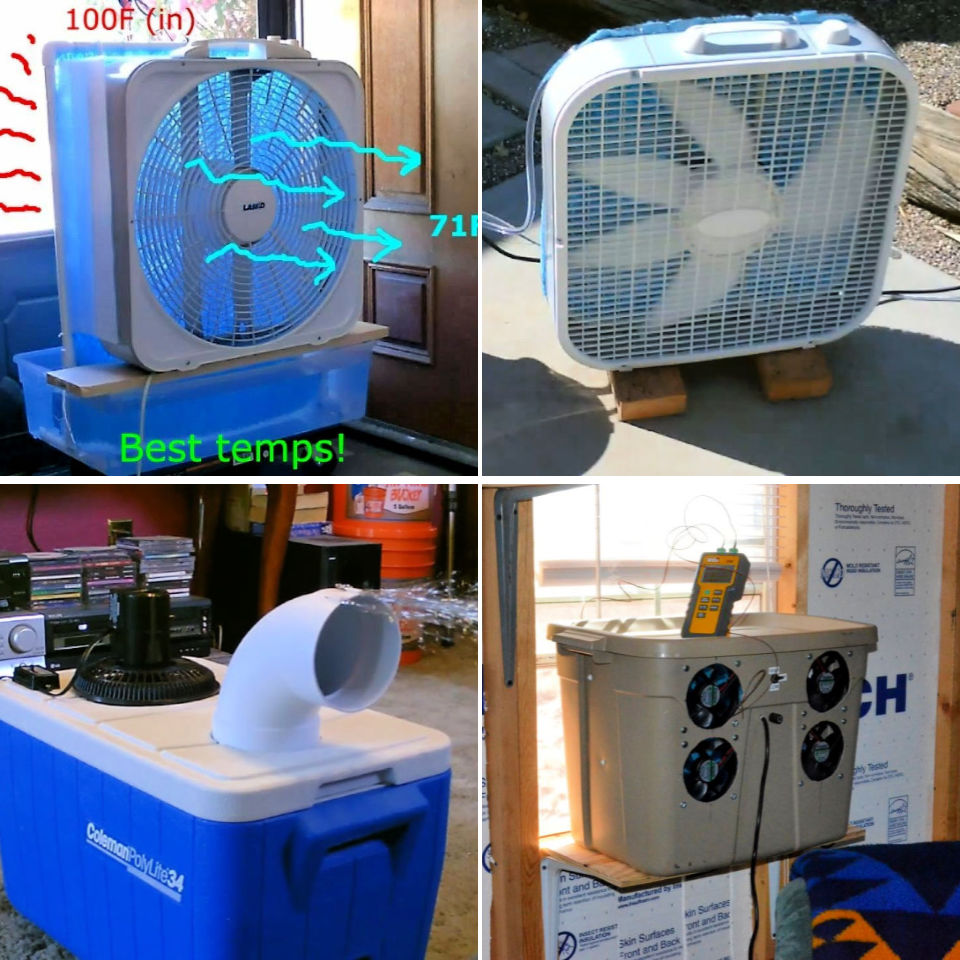

![How To Turn On A Swamp Cooler How To Winterize A Swamp Cooler [Detailed Guide] - In-depth](https://refrigeratorsreviewed.com/wp-content/uploads/2019/11/How-to-Turn-on-a-Swamp-Cooler-2-e1572621034635.jpg)
